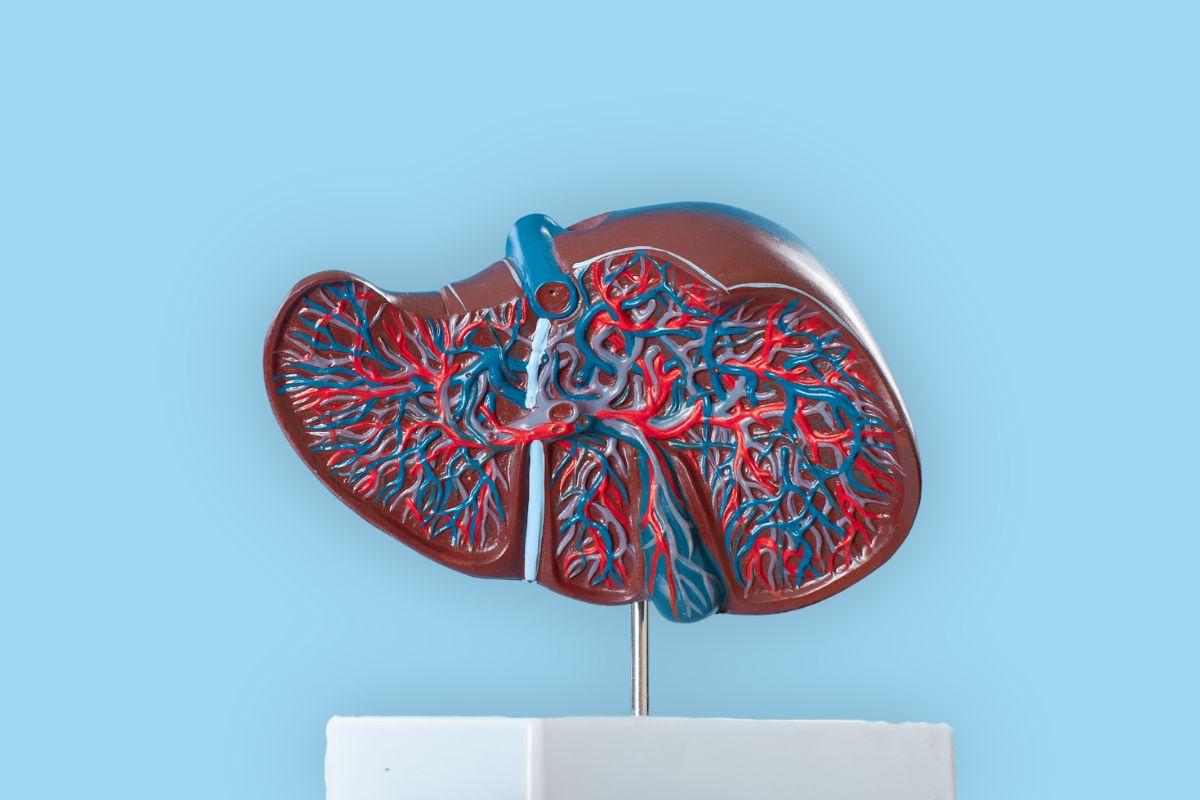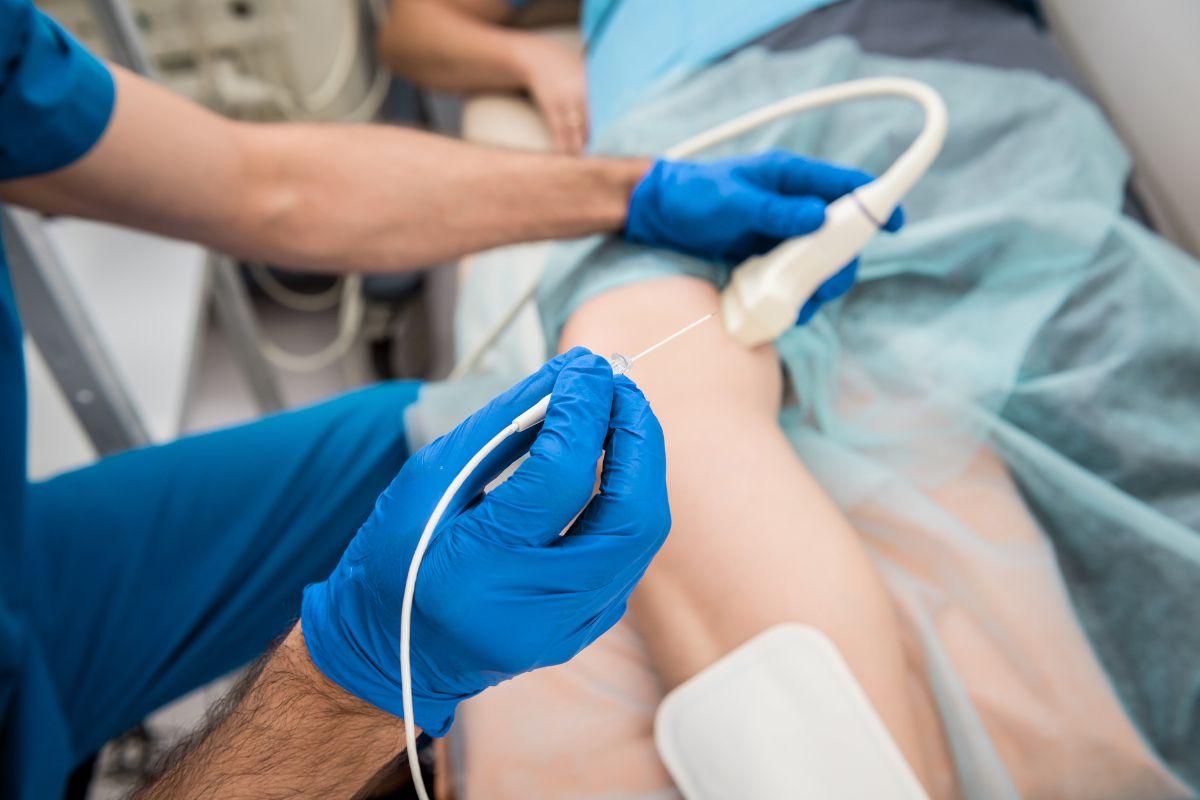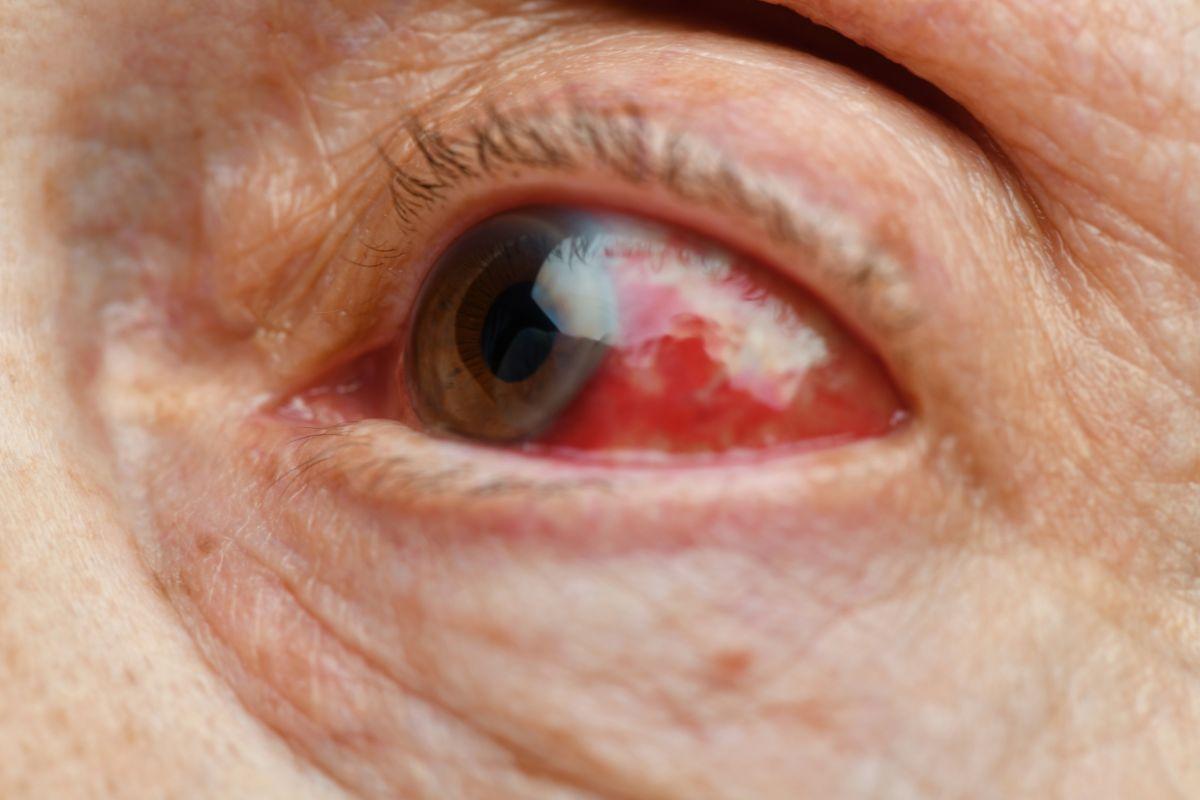Gilmore’s Groin, athletic pubalgia (AP), sports hernia, and pubic inguinal pain syndrome are all terms used to describe a spectrum of injuries that involve the muscle, tendon and ligaments that make up a dense connective tissue fascia that anchors onto the pubic bone and inguinal region. The groin itself also has the interesting dilemma of these two muscle groups potentially fighting “against” each other by leveraging on the same fixed points but in opposing manners
Scientific description
Gilmore’s initial description of the condition was of a complex injury including tearing of the external oblique aponeurosis with conjoint tendon disruption and avulsion from the pubic tubercle, most commonly associated with disruption of the rectus tendon attachment to the pubis with concurrent (possibly subsequent) weakening of the posterior inguinal wall. This may explain the initial “niggling” injury progressing gradually to presentation with or without a hernia.
Ellatar hypothesized a likely pathogenesis being due to an imbalance between the pull of the more powerful adductors against (possibly under conditioned) abdominal wall muscles leading to shearing of the latter. If you think about a kick, the forces translate to pulling against a fixed leg with the mechanical torsion being greater across the abdomen
What does a sports hernia feel like?
Typical pain and symptoms are a sharp pain in the pubic bone region or near this area that can radiate up into the abdominal muscles or down into the inner thigh. Running, twisting, coughing, sneezing and anything that increase abdominal straining or rapid rotational injury aggravates this condition. Many athletes with this condition say they cannot continue with their activity due to pain…even sitting up can cause grief!
What can I do about it?
First things first, see a specialist! The diagnosis and ruling out other causes is key. An Orthopaedic Hip Specialist and Physiotherapist may help in their guidance and advice after taking a history and examination. An MRI will also confirm the diagnosis and you may need an injection for pain relief. It is also imperative to strengthen two key areas in your body:
- Core strengthening
The muscles to be strengthened are known as the core muscles and include Transversus abdominus and Multifidus. These act as stabilizing muscles for the trunk and pelvis. The transversus abdominus muscle stabilizes the trunk by acting as a natural corset and the Multifidus muscles run along the spine attaching to the vertebrae. It is usual to contract both of these muscles together to increase the stability of the spinal column.
- Groin strengthening
It is also important to strengthen the groin muscles, known as the adductors. There are both short and long adductor muscles and so these exercises should be performed with the knee both straight (long adductors) and bent (short adductors) to work both sets.
Whilst core strengthening is performed initially, these exercises can begin as soon as they are pain free to perform. Start very gently, allowing plenty of recovery time (2 days initially) between sessions. If there is pain, then stop immediately.
Stretching exercises
Stretching for Gilmore’s groin should aim to maintain or improve the flexibility at the hip joint as a whole. Therefore it is important to stretch not only the groin muscles, but also the hip flexors, hamstrings and glutes.
- Standing groin stretch
Stand with a wide stance. Bend the knee of the leg you are not stretching and lean towards that side. You should feel a stretch on the inside of the straight leg. Hold for 20-30 seconds and repeat 2-3 times. This exercise stretches the long adductor muscles.
- Short adductor stretch
Sit on the floor and place the soles of your feet together. Place your elbows on your knees and apply a downward pressure until you feel a stretch on the inner groin. Hold for 20-30 seconds and repeat 2-3 times.
- Hip flexor stretch
Place one knee on the floor and the other foot flat on the floor in front of you. Push your hips forwards, keeping your back upright, until you feel a stretch at the front of the hip. Hold for 20-30 seconds and repeat 2-3 times.
- Hamstring stretch
Sit on the floor with the back upright. Lean forwards from the hips until you feel a stretch in the hamstrings at the back of the thigh. Hold for 20-30 seconds, and repeat 2-3 times.
- Gluteal stretch
Lay on the floor on your back. Bring your knee up towards your chest. Pull the knee in towards you and across your body, towards the opposite shoulder. You should feel a stretch in the buttock. Hold for 20-30 seconds and repeat 2-3 times.
Is Surgery Always Necessary?
No, the majority get better with the above treatment but some bigger tear and defects require a mesh reconstruction.




